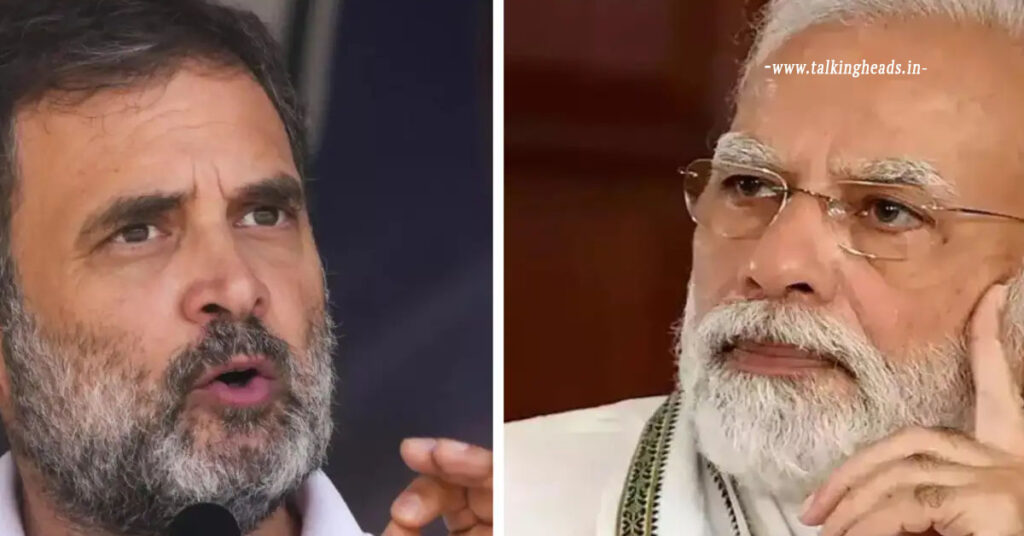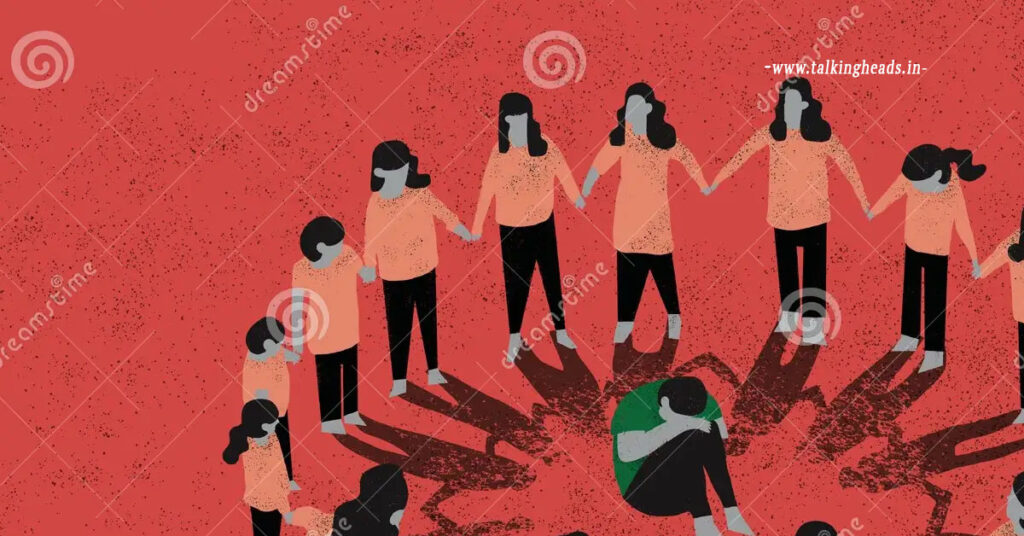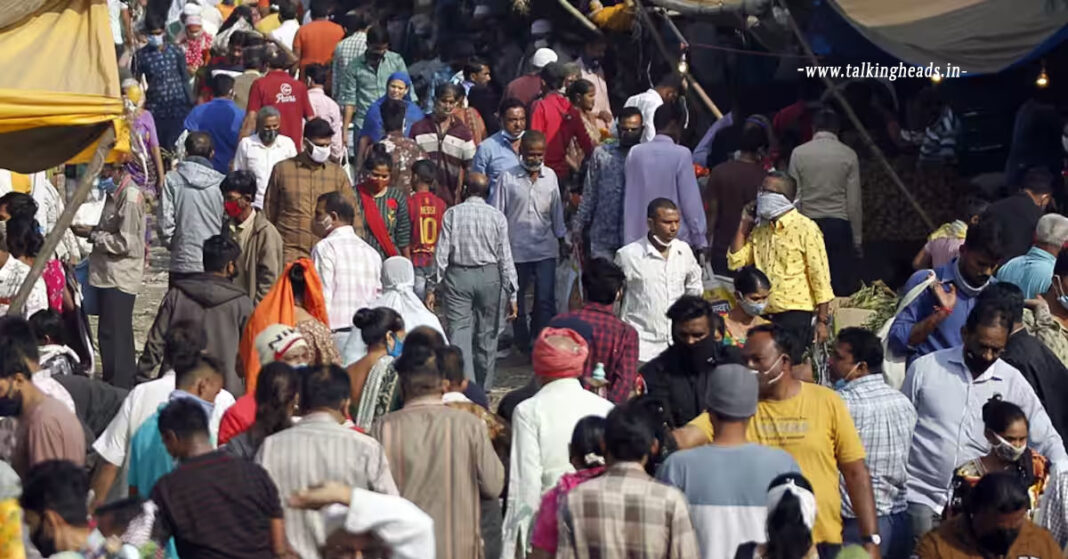Caste Census 2025: A Turning Point for Reservation Policies?
Table of Contents
In a significant political move, the government has announced the inclusion of caste data in the upcoming national census. This marks the first official caste-based headcount since 1931, reviving a long-standing demand from political parties and social justice advocates.
Although Scheduled Castes (SC) and Scheduled Tribes (ST) have been enumerated since 1951, the broader caste spectrum has remained officially undocumented. The decision to conduct a caste census is being seen as a step toward addressing systemic inequalities, but it also raises a host of new questions—chief among them: Will this lead to removing the 50% reservation cap?
Why Now? Political Timing Behind the Caste Census
Many are questioning the timing of this announcement. It comes on the heels of a terror attack in Pahalgam and at a politically sensitive moment, with crucial state elections on the horizon.

Experts point to recent election results in states like Uttar Pradesh, where the ruling BJP faced unexpected setbacks. Growing dissatisfaction among OBC leaders and voters has pushed caste representation back to the political forefront. Even the Rashtriya Swayamsevak Sangh (RSS), typically conservative on such issues, extended its support for a caste census during its recent Palakkad conference—a clear indication of shifting strategies.
Understanding the Stakes: Who Stands to Gain from the Caste Census?
Data from Bihar’s recent caste survey revealed that Extremely Backward Classes (EBCs) make up over 36% of the state’s population, while Other Backward Classes (OBCs) account for about 27%. This granular insight into caste demographics offers a template for national implementation.

According to social analysts, the primary beneficiaries of the caste census will be the historically marginalized communities. It will offer a data-driven basis for policymaking, focusing not just on caste, but on associated indicators like land ownership, income, employment, and educational attainment.
“Marginalized groups have the right to know where they stand after 75 years of independence,” says one policy expert. “Only with concrete data can we measure real empowerment.”
Will This Spark Division or Drive Reform?
proponents counter that these divisions already exist—and have for thousands of years. “When Dr. Ambedkar advocated for reservation, similar concerns were raised,” one scholar notes. “But ignoring caste won’t make inequality disappear.”
The caste census is expected to do more than just inform reservation policies. It could become a foundation for broader reforms in education, healthcare access, employment quotas in the private sector, and even judicial representation.
Could the 50% Reservation Cap Be Reconsidered?
Currently, the Supreme Court-imposed cap limits reservations in jobs and education to 50%. But as caste data reveals the true extent of backwardness across communities, pressure may mount to revisit this threshold. States like Tamil Nadu already exceed the cap through legislative manoeuvres, indicating that change is possible within constitutional frameworks.
The Rohini Commission, set up to explore sub-categorization within OBCs, further underscores the central government’s intent to bring precision and fairness to the reservation system.
Conclusion: A Data-Driven Future for Social Justice
The caste census has the potential to redefine India’s approach to equity and representation. Far from being a divisive exercise, it could become the basis for evidence-based governance, empowering the most disadvantaged and ensuring resources are allocated more effectively.
one thing is certain—India is entering a new era of social introspection, where data, not assumptions, will guide the future.










